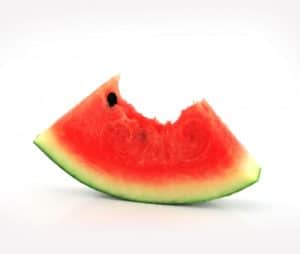Irritable Bowel Syndrome is a pain in the ass! It affects approximately 15% of the population. The good news is: there is a new treatment in town.
IBS symptoms include:
- bloating
- gas
- abdominal pain
- diarrhea
- constipation
- alternating diarrhea and constipation.
These symptoms can also be indicative of more serious conditions such as Crohn’s Disease and Celiac Disease (autoimmune disorders that cause damage to the intestine), so a doctor needs to rule these out before a diagnosis of IBS can be concluded. If your intestines are otherwise healthy, but you routinely experience the symptoms above, then you would be diagnosed with IBS.
Some of the possible causes of IBS:
- A current gastrointestinal infection
- A past gastrointestinal infection (post-infectious IBS)
- Antibiotic use
- One or more food sensitivities
- Gut dysbiosis—imbalance in your gut bacteria
Each of those causes can be the result of unhealthy gut bacteria (or flora).
Not surprisingly, then, the solution to IBS is to try to change your gut flora. (Also not surprising, Crohn’s and Celiac patients have gut dysbiosis too, and therefore can also benefit from the following protocol).
FODMAPs
FODMAPs are a group of naturally occurring sugars that are fermentable. In a healthy gut, foods with FODMAPs wouldn’t cause any symptoms. But for some people, these sugars are big trouble. They travel through your small intestine, unabsorbed, and are therefore available for your gut flora to eat. When bacteria eat FODMAPs, they release gas, which in turn leads to all those symptoms listed above.
FODMAP is an acronym that stands for:
- F: Fermentable
- O: Oligosaccharides (Fructans and Galactans)
- D: Disaccharides (Lactose)
- M: Monosaccharides (Fructose)
- A: and
- P: Polyols (sugar alcohols)
The list of foods that contain one or more of these FODMAPs is very long. Which means of course, that following a low FODMAP diet is pretty restrictive. But it works for 75% of people with IBS. Imagine that!
The restrictive part is only for a few weeks, and is called the elimination phase. After getting your symptoms under control and resetting your gut, you reintroduce these foods, one at a time, to see if they still produce symptoms. Some will and some won’t.
But then you’ll know what bothers your tummy. And the idea is to eat the most varied diet you can, without experiencing problems. Since there are so many foods involved and you want things to get this right the first time, this diet works best with the guidance of dietitian.
photo credit freedigitalphotos.net

